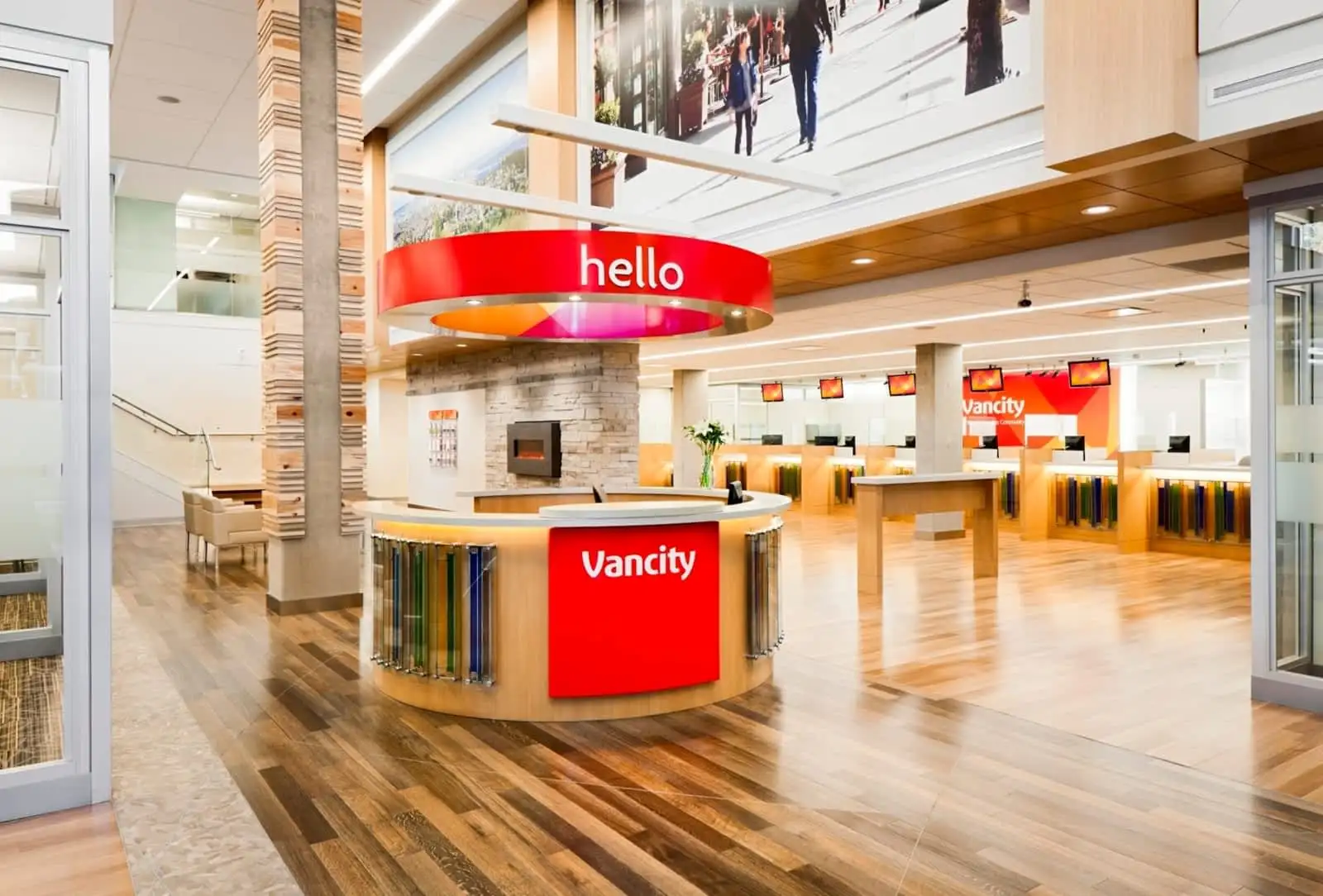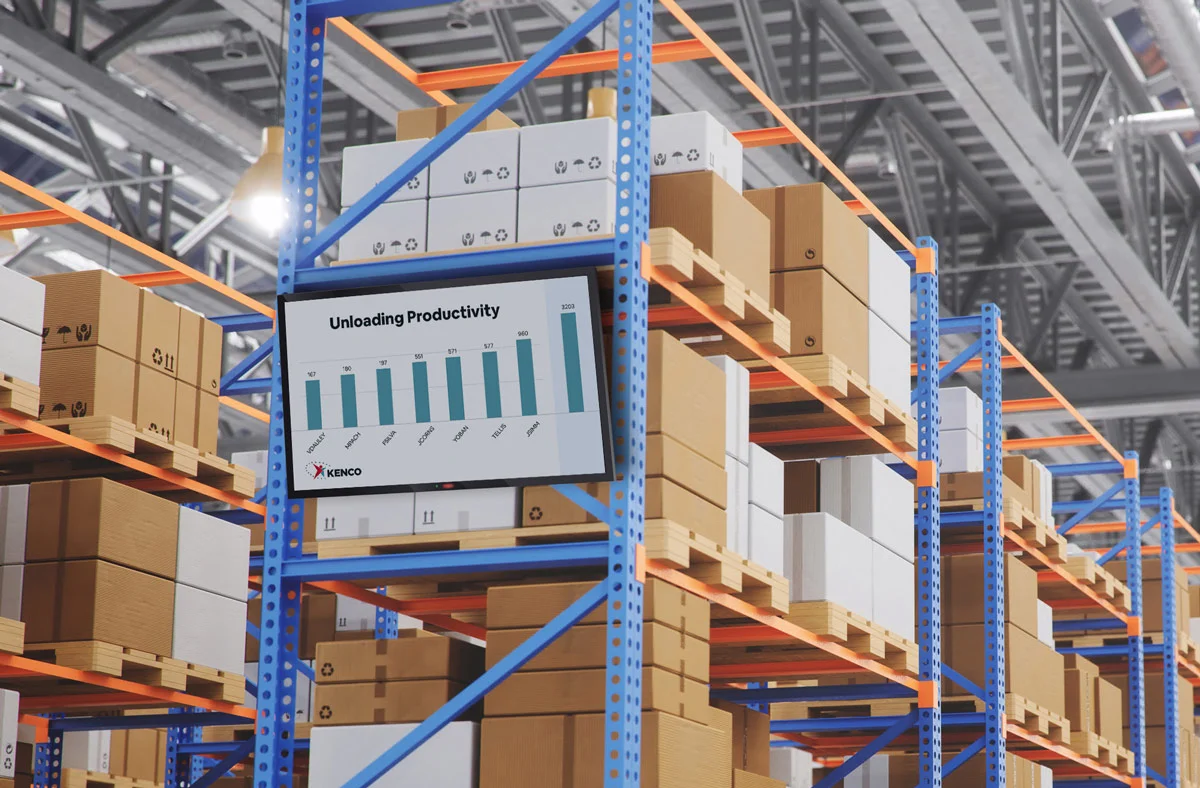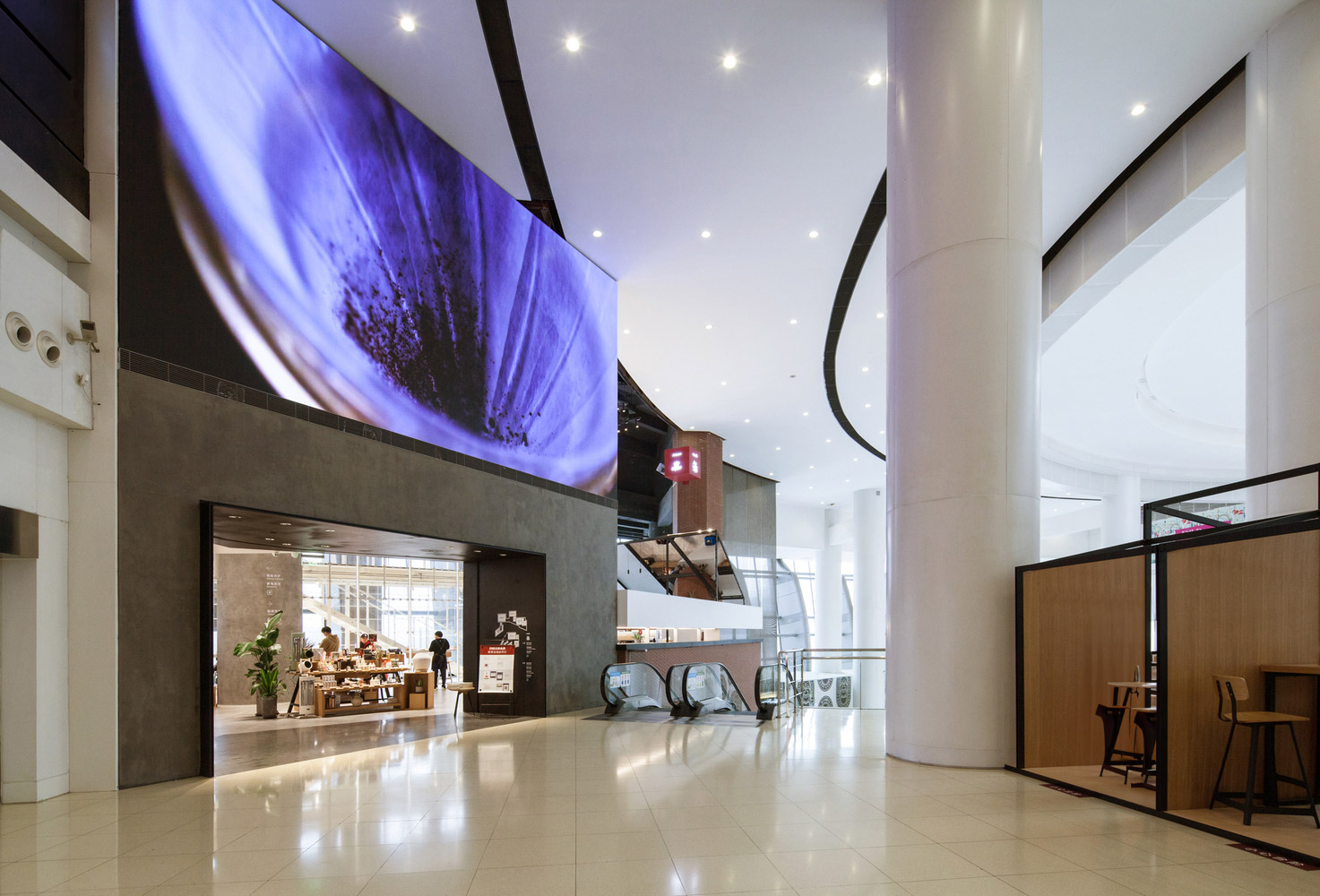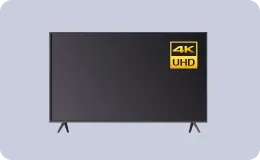Digital Display Management in DOOH Advertising: Best Practices
WRITTEN BY: TelemetryTV, 02-27-2025
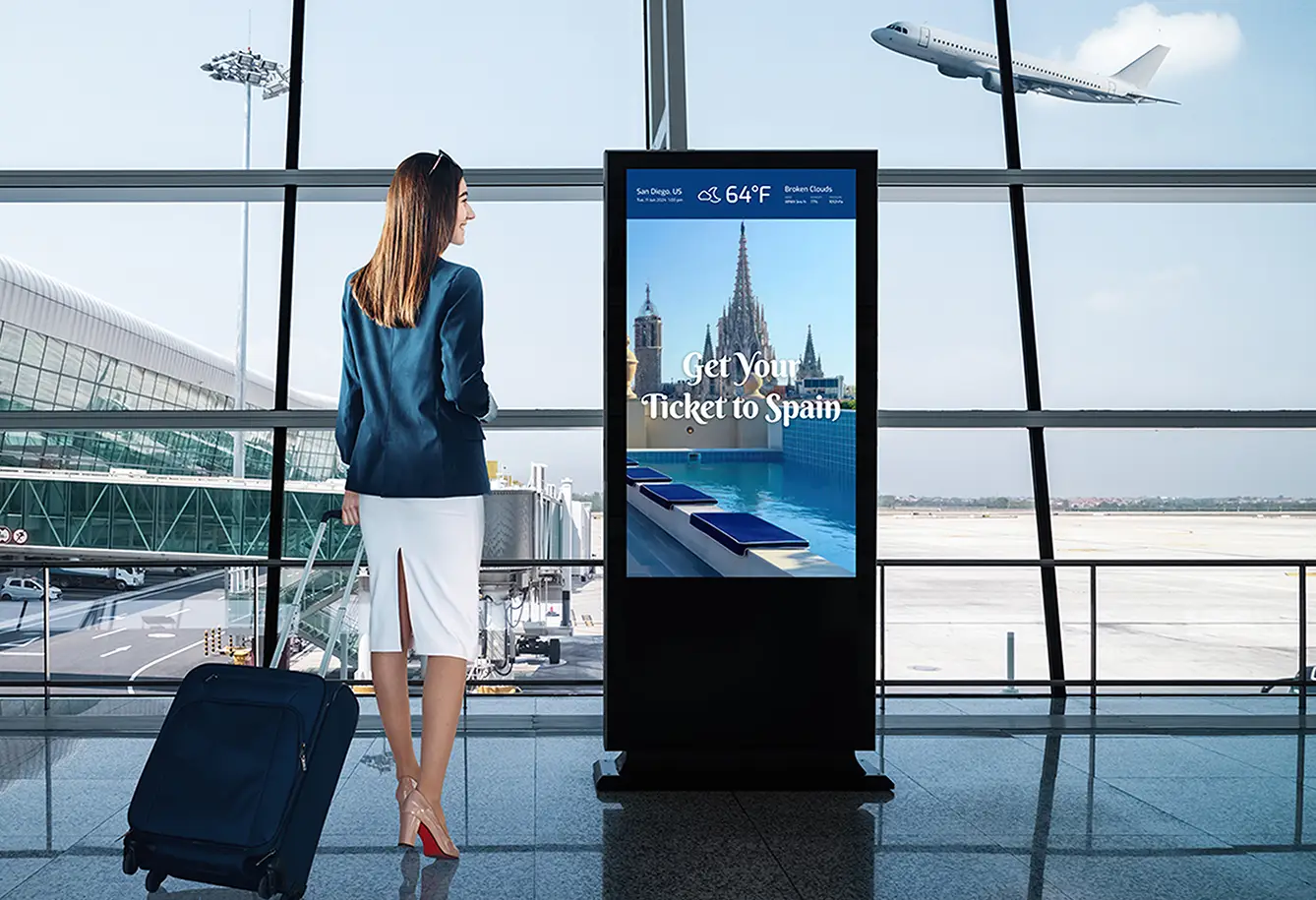
Digital out-of-home (DOOH) advertising in point-of-care and retail settings has expanded rapidly, offering a compelling way to inform and influence audiences. But managing displays at scale carries unique technical challenges, from ensuring transparent proof-of-play to leveraging programmatic content distribution. Below is a closer look at core best practices for DOOH management, using TelemetryTV’s digital advertising software.
1. Proof of Play Reporting
Advertisers require verification that their messages are actually being shown, a need met by proof of play reporting. Modern digital signage software automatically logs content playback—timestamps, duration, and location—to create data-driven insight:
• Transparency: Offers advertisers a clear record of campaign performance.
• Billing Efficiency: Serves as the definitive record for invoicing.
• Quality Control: Helps monitor screen outages or performance anomalies.
Healthcare networks rely heavily on proof-of-play to comply with point-of-care marketing requirements. Constant Media, for instance, provides real-time logs to pharmaceutical sponsors, while Mesmerize integrates its reporting pipeline with AWS for efficient data delivery.
2. Monetizing Ad Networks with Ad Slots
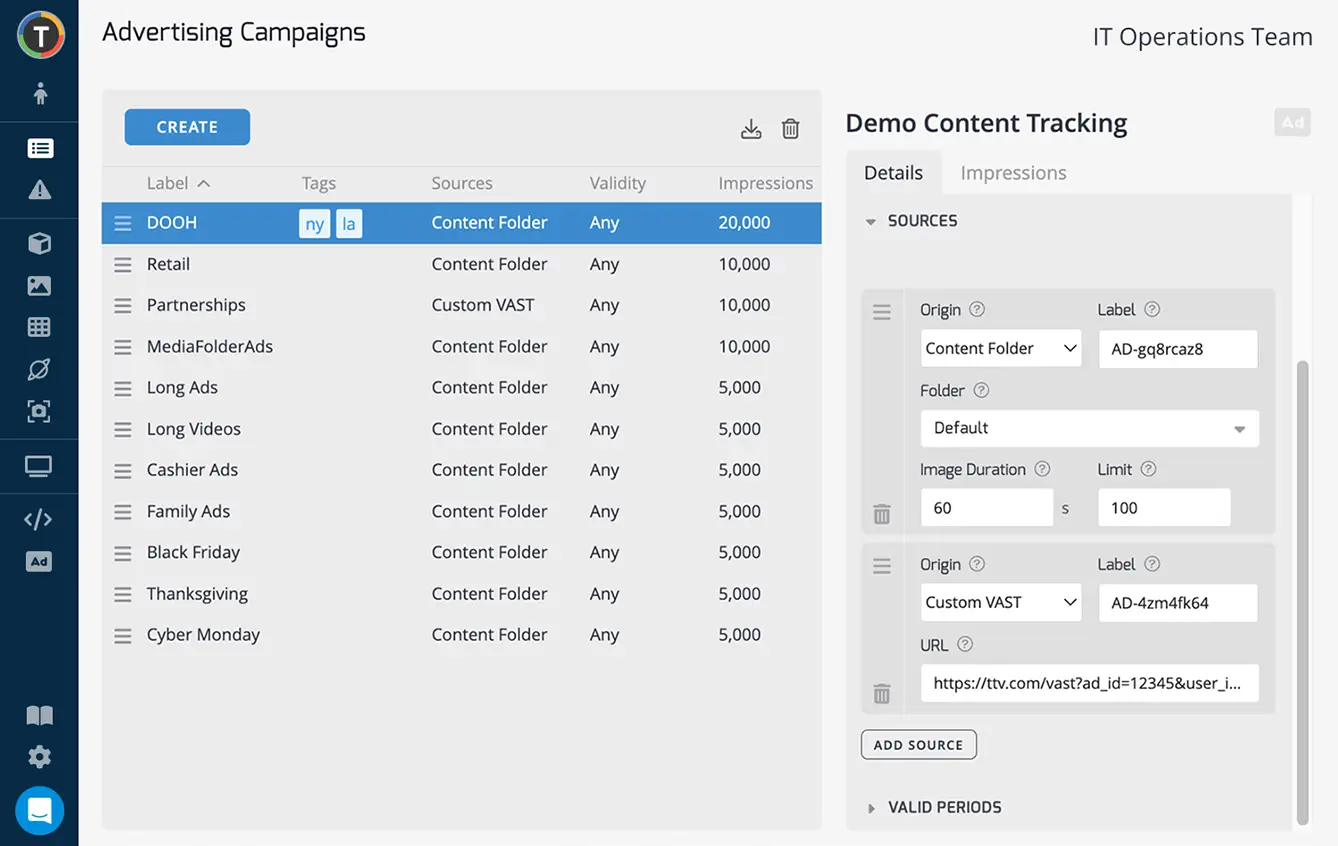
Revenue generation from DOOH screens involves partitioning playback schedules into ad slots, which can be directly sold or filled programmatically. With TelemetryTV, these ad slots can be automated.
Direct Sales vs. Programmatic Fill
| Approach | Upside | Downside |
|---|---|---|
| Direct Ad Sales | Full revenue, complete brand control | Requires in-house sales effort; potential to leave slots empty |
| Programmatic Ad Feeds | High fill rates, easy start | Revenue share with an ad exchange; less control over ad content |
Point-of-care networks often choose direct partnerships with healthcare brands, while retail settings blend direct and programmatic placements.
3. Leveraging IPTV for Distribution in Large Venues
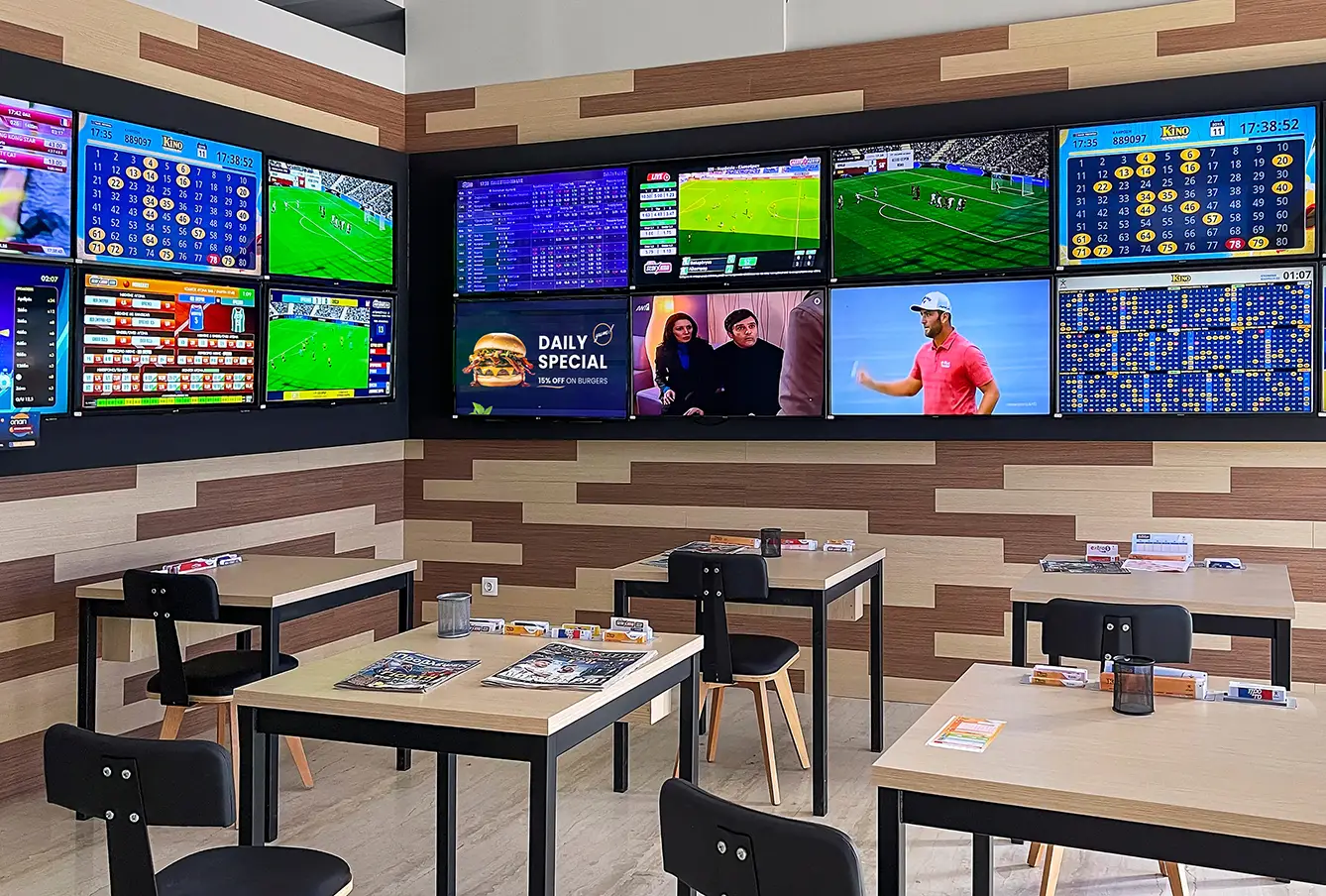
Hospitals, stadiums, and major retailers sometimes have existing IPTV systems that deliver video content to many screens. IPTV integration simplifies large-scale DOOH rollouts:
• Head-End Control: A single player—like TelemetryTV’s dedicated device—feeds content to an IPTV head-end, enabling updates from a central dashboard.
• Minimal Hardware Overhaul: Existing set-top boxes and displays remain in use, avoiding widespread replacements.
• Seamless Content Blending: Advertisers can embed ads in channels alongside live TV or event feeds.
Stadiums harness these capabilities for sponsor messages during events, and healthcare facilities can insert educational clips into waiting room TV loops.
4. Programmatic Content Distribution Across 1,000s of Endpoints
As DOOH networks scale, manual management becomes impractical. Programmatic distribution uses APIs and tags to automate localized content:
• API Integration: Links with enterprise systems to trigger content updates—for example, pushing new promotions after hours.
• Tag-Based Targeting: Media is automatically assigned to screens based on tags like region or specialty.
• Workflow Automation: Minimizes hands-on scheduling, letting networks expand rapidly without proportional staff increases.
Mesmerize harnesses TelemetryTV’s API-driven approach to push ad updates across thousands of healthcare screens, reducing operational overhead.
5. Security: SOC 2 Compliance
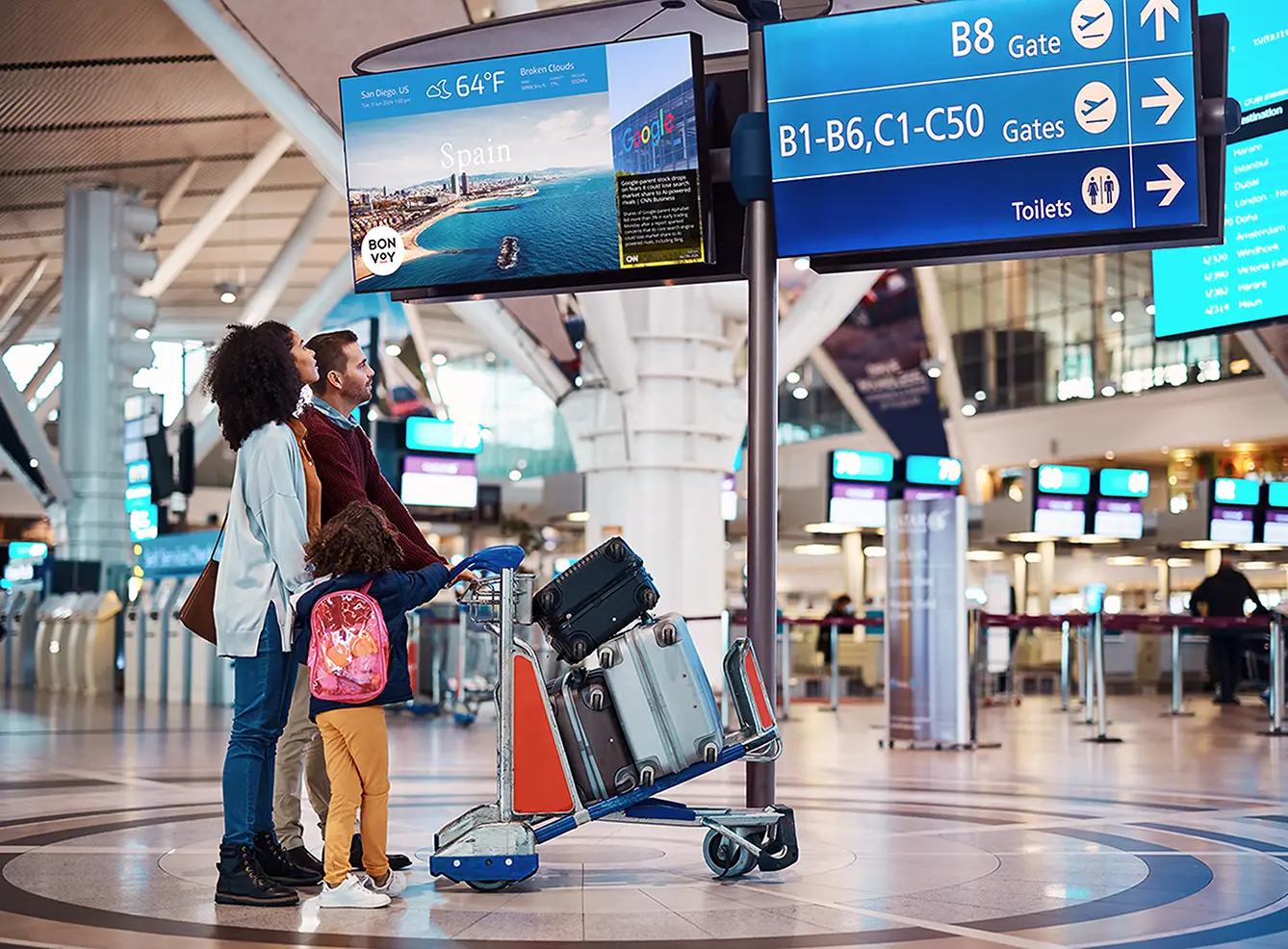
Data security underpins DOOH. For transportation hubs, healthcare facilities, and retail clients, a SOC 2–compliant digital signage software is essential, ensuring:
• Rigorous Auditing: Regular external reviews of internal controls.
• Encryption & Access Controls: A must for handling playback logs .
• Role-Based Permissions: Restricting changes in multi-tenant deployments to prevent unauthorized tampering.
TelemetryTV’s SOC 2 certification meets these standards, offering encrypted data pipelines and granular user permissions. Mesmerize uses these protections to maintain trust in its medical advertising network.
6. Caching Capabilities
Unreliable connections should not derail content playback. Advanced caching ensures screens continue running offline:
• Local Storage: Stores videos and apps on each device so that a network drop will not halt the playlist.
• Reduced Bandwidth: Content is downloaded once, then replayed from the local cache for smoother transitions.
• Nightly Updates: Scheduling large downloads off-hours prevents slowdown during peak business.
In healthcare waiting rooms, continuous service is crucial; caching helps deliver consistent patient communications, even when Wi-Fi falters.
7. Reliable Hardware: TelemetryOS Box

Behind every dependable signage deployment is hardware built for 24/7 operation. TelemetryTV’s TelemetryOS Box digital signage player offers:
• Enterprise-Grade Components: Intel CPUs, advanced cooling, and VESA-mount form factors.
• Hardened OS: A custom Linux-based operating system that applies automatic security patches.
• Multiple Outputs: Support for up to three 4K displays from a single unit.
Constant Media found that purpose-built players reduced on-site tech visits and improved overall network uptime. Deployments in clinics no longer suffer from consumer devices overheating or lagging under intensive playback.
8. Custom Screen Dimensions (Beyond 16:9)

Digital signs do not always conform to a standard widescreen format. Retailers may install shelf-edge displays, while healthcare providers position portrait-mode screens:
• Flexible Resolutions: Digital signage software that supports any aspect ratio—important for LED ribbons or vertical displays.
• Custom Layout Tools: TelemetryTV’s Canvas Editor allows specifying exact pixel dimensions and orientation.
• Responsive Content: High-compression codecs, scalable vector graphics, and dynamic text ensure clarity, whether on a 3840×576 marquee or a 1080×1920 portrait screen.
By tailoring aspect ratios in the CMS, operators can maintain a polished look across varied screen shapes.
Case Studies and Success Stories
Constant Media
• Scope: 20,000+ point-of-care screens in medical offices.
• Challenge: Proving campaign delivery to pharma sponsors and ensuring stable playback in remote clinics.
• Solution & Results: Employed proof-of-play reports and caching features to guarantee uninterrupted content, leading to higher advertiser confidence and compliance with POCMA guidelines.
Mesmerize
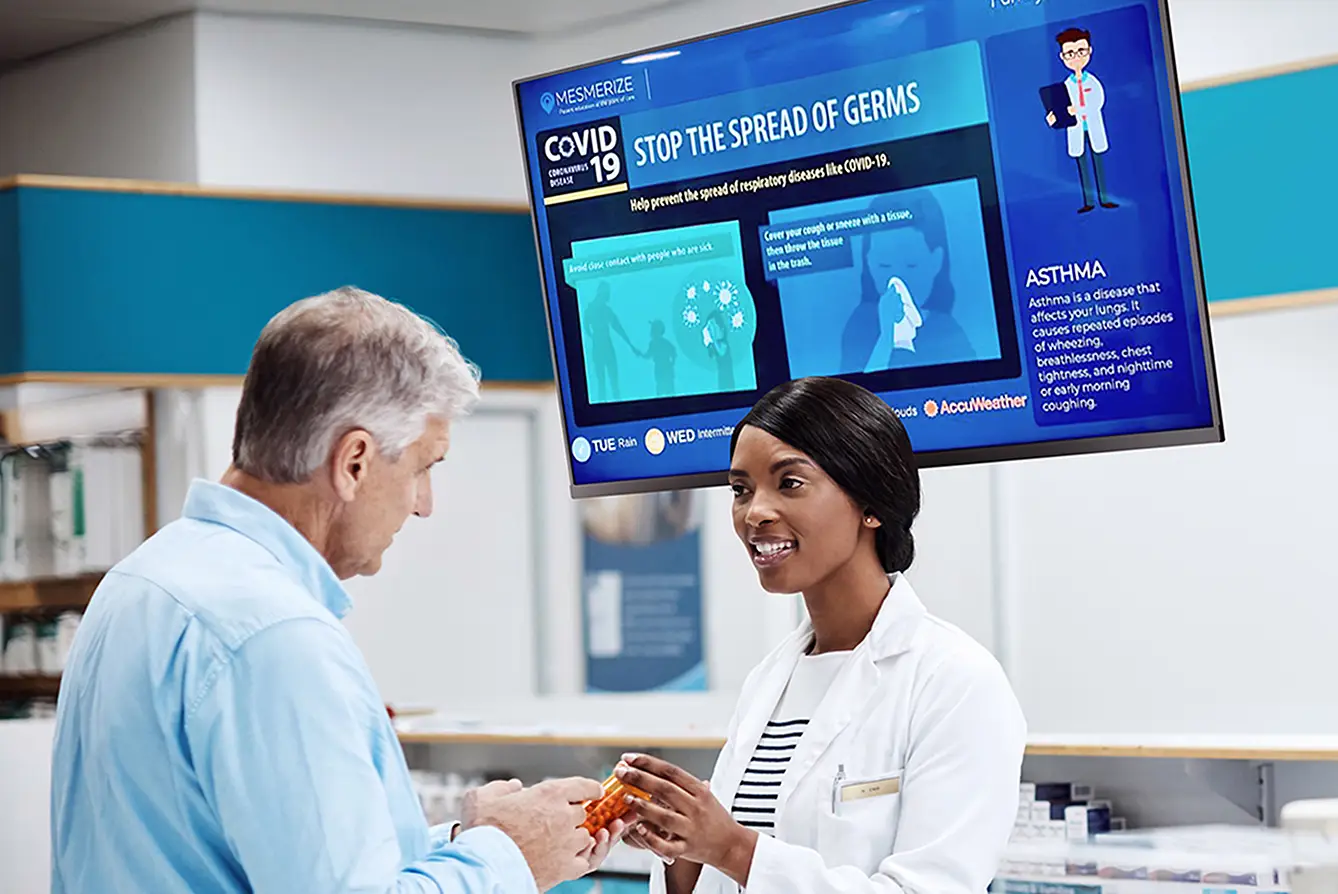
• Scope: DOOH network in waiting rooms, pharmacies, and other healthcare venues.
• Challenge: Scaling to thousands of screens without manual scheduling.
• Solution & Results: Leveraged TelemetryTV’s API and secure data pipeline to automate content distribution, drastically cutting operational overhead while achieving strict healthcare compliance.
Visual Overview
Below is a simplified diagram of how TelemetryTV integrates devices, proof-of-play reports, and programmatic platforms:
+-------------------+ +-------------------+
| DOOH Screens | | DOOH Screens |
|(Point-of-Care) | |(Retail) |
+---------+---------+ +---------+---------+
| |
v v
TelemetryOS Box TelemetryOS Box
(Caching, Proof of Play, (Caching, Proof of Play,
SOC 2 Compliance, IPTV) SOC 2 Compliance, IPTV)
| |
v v
Cloud CMS <-----> Automated Ad Slot Management
^ ^
| |
+----------+-----------+ +----------+------------+
| Proof of Play Logs | | Programmatic Platforms |
| (Export/Analytics) | | (Third-Party Ad Feeds) |
+----------------------+ +------------------------+Recommended Table: Monetizing DOOH

| Aspect | Key Benefit | Implementation Tip |
|---|---|---|
| Ad Slots | Generates revenue in short intervals | Set slot frequency and fallback content |
| Programmatic | Maximizes fill rates, automates ad selection | Integrate DOOH ad networks via VAST or direct APIs |
| Proof of Play | Ensures transparent billing and advertiser trust | Use software that logs playback and exports reports |
Conclusion and Next Steps
Digital displays in point-of-care and retail environments offer an unmatched opportunity to engage audiences and unlock new revenue streams. To fully capitalize on DOOH advertising, operators should invest in a platform that seamlessly integrates proof-of-play, IPTV distribution, programmatic scheduling, SOC 2 compliance, local caching, enterprise hardware, and support for non-standard screens.
By following these best practices—and with the right digital advertising software—point-of-care providers and retailers can ensure that their DOOH networks are reliable, secure, and profitable. TelemetryTV’s solution demonstrates the power of a well-rounded approach, as evidenced by networks like Constant Media and Mesmerize.
Scale and Monetize Your DOOH Network with Ease
Optimize your digital signage network with automation, proof-of-play reports, and seamless ad monetization—powered by TelemetryTV.
Start for Free


